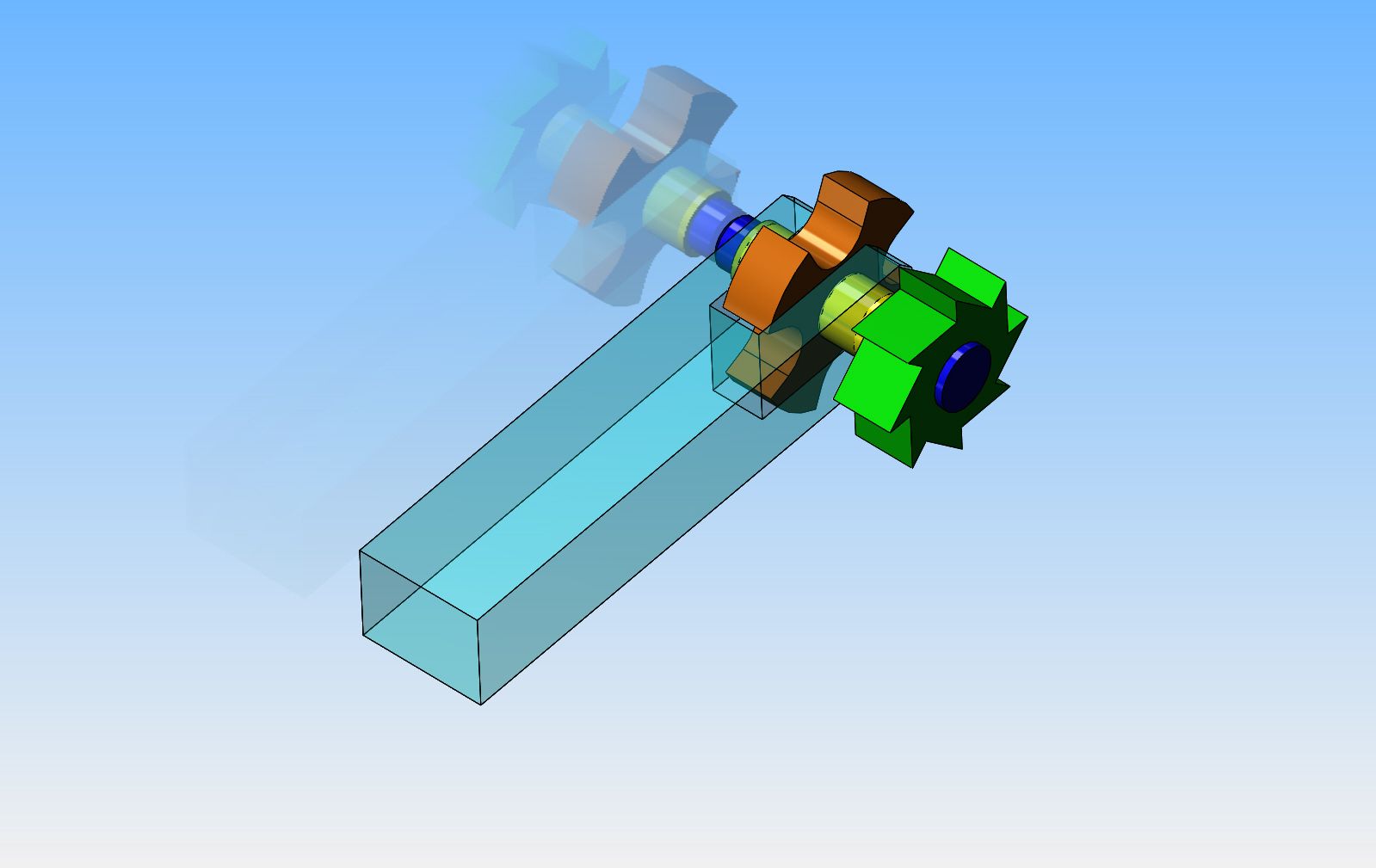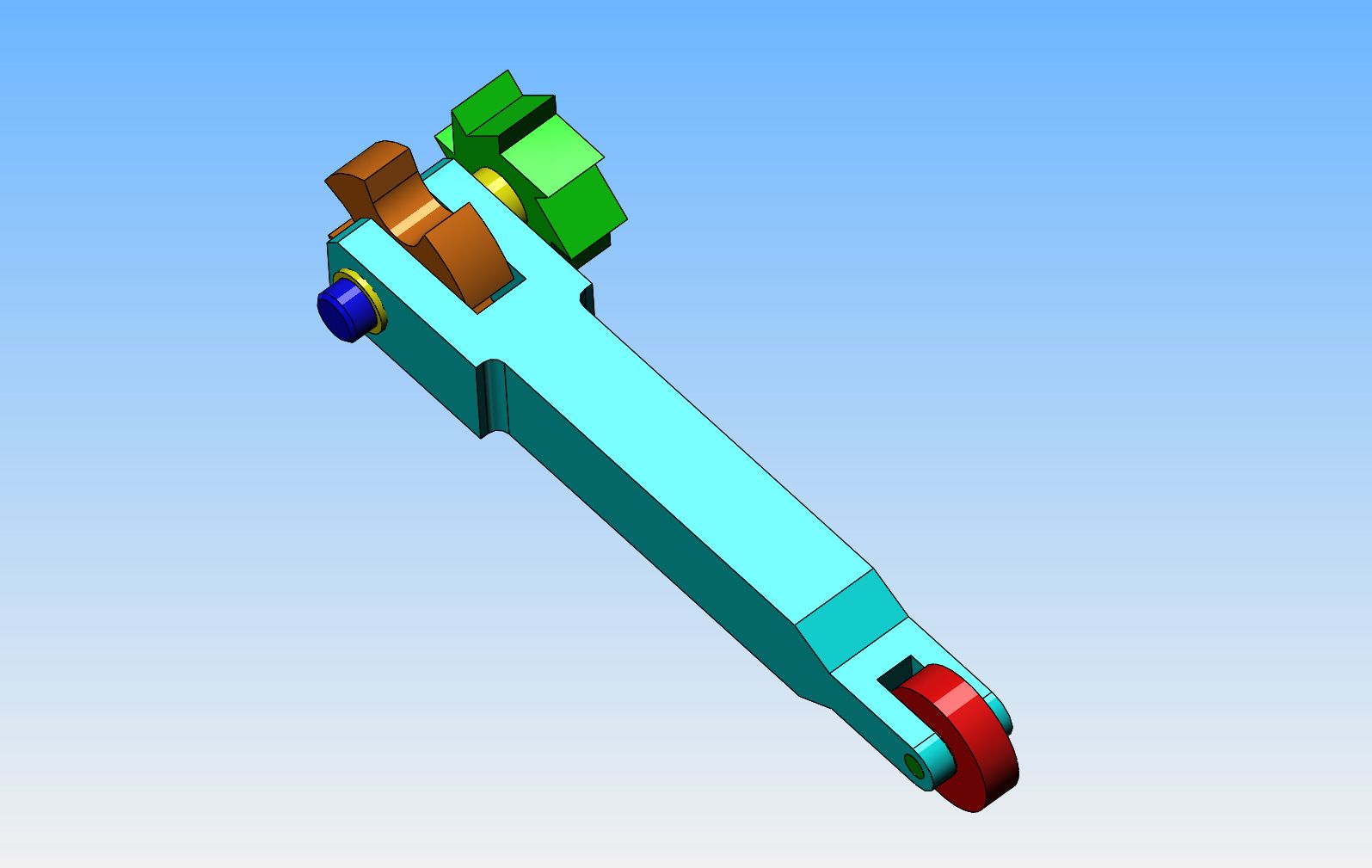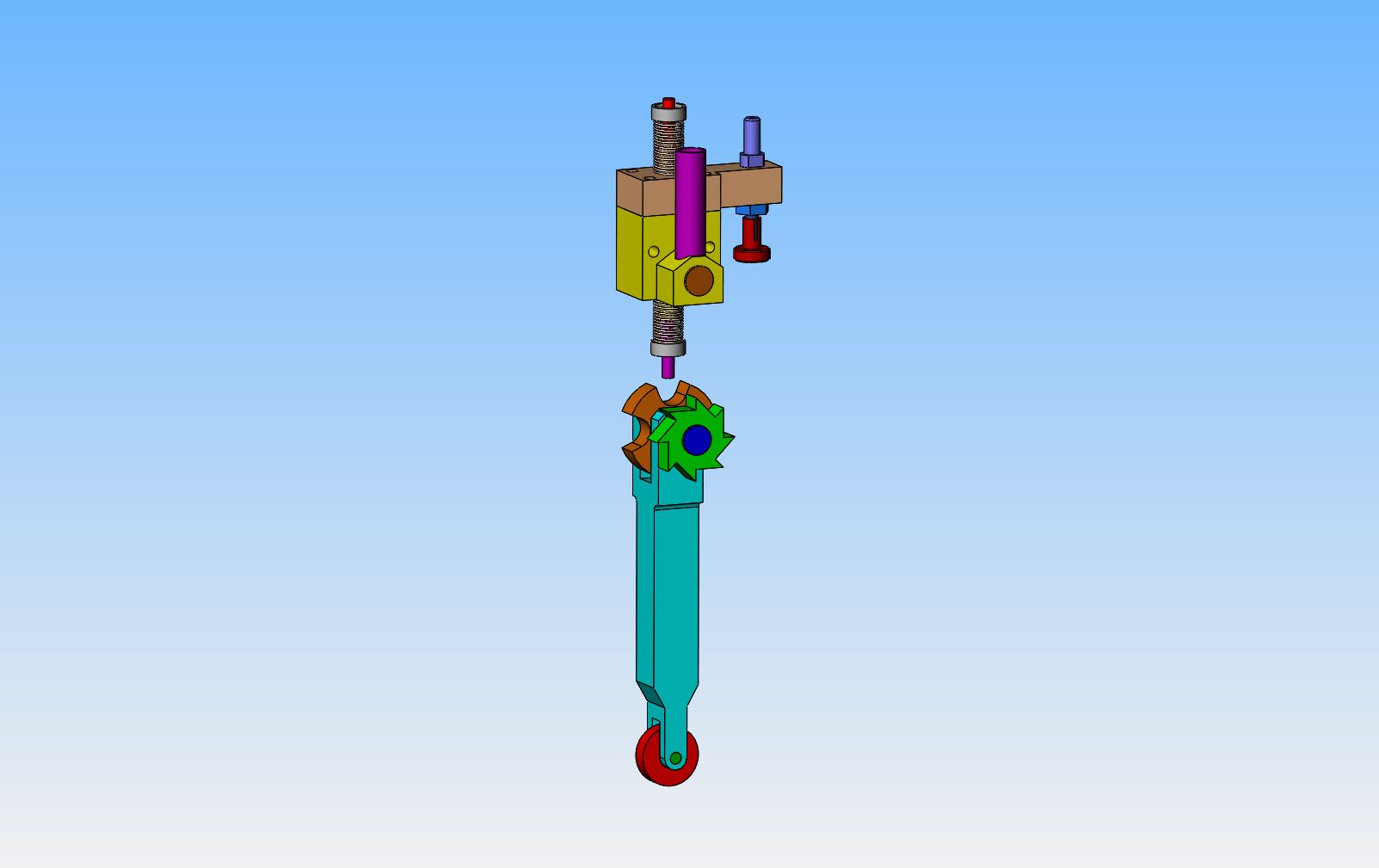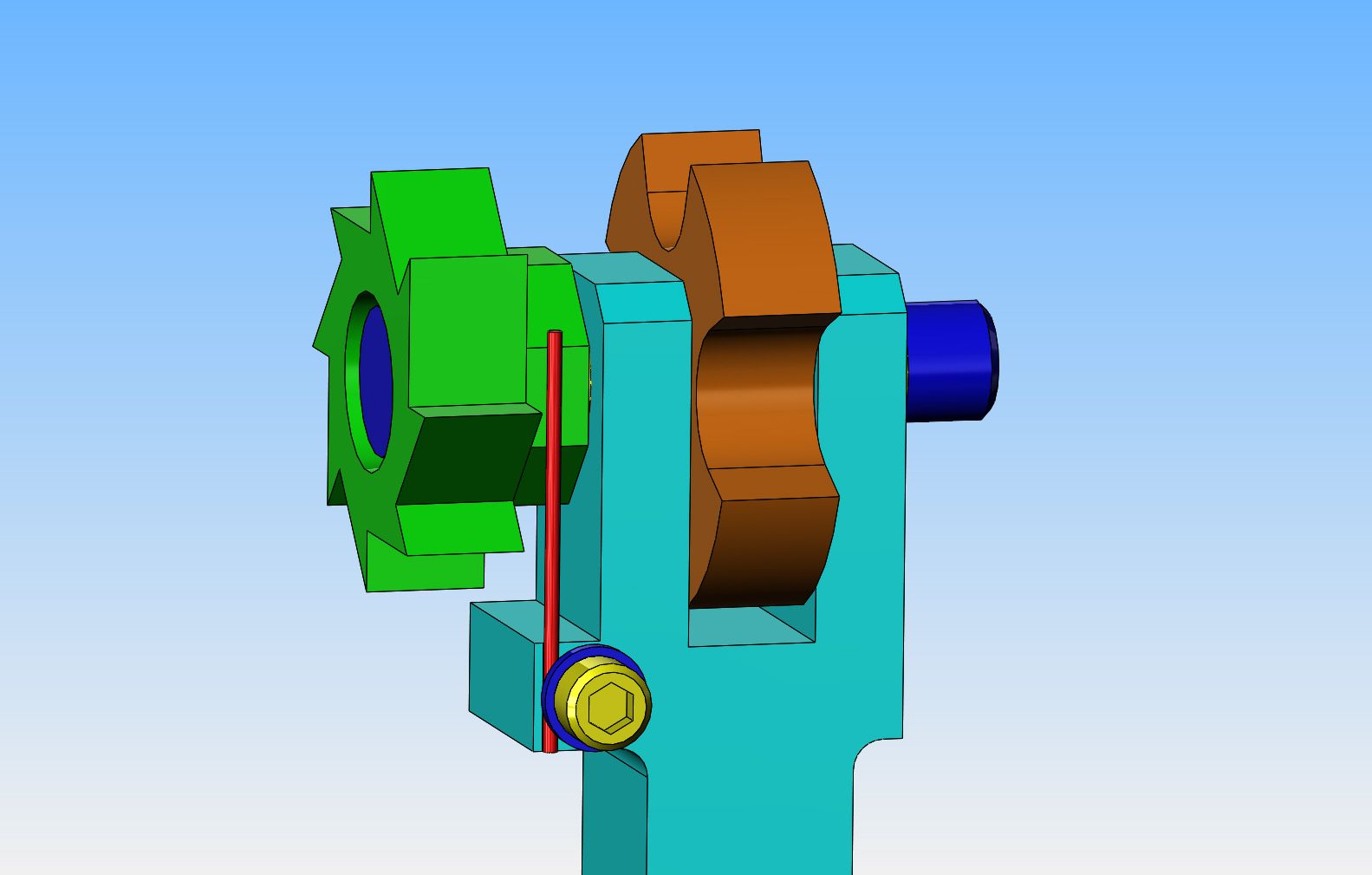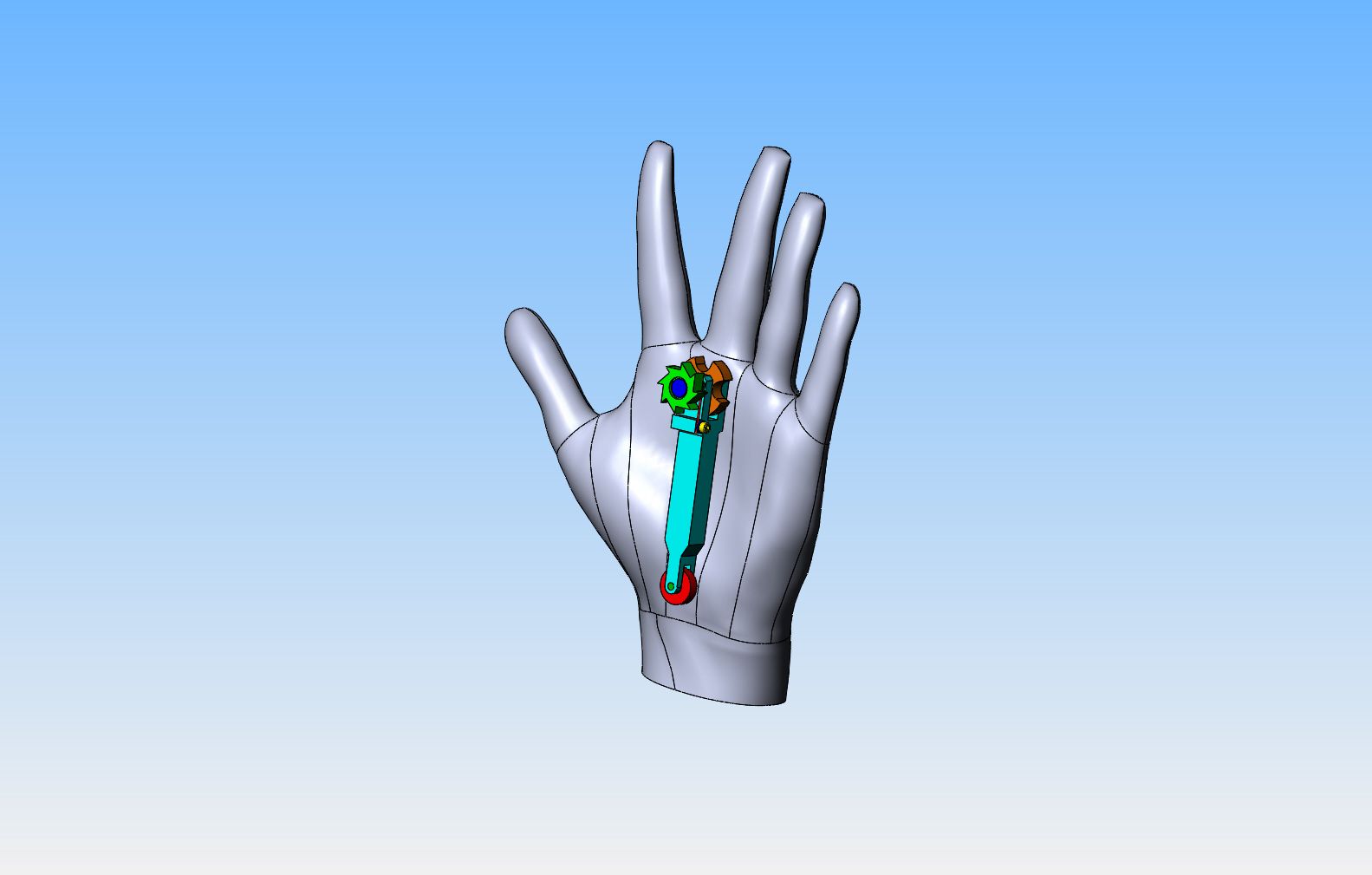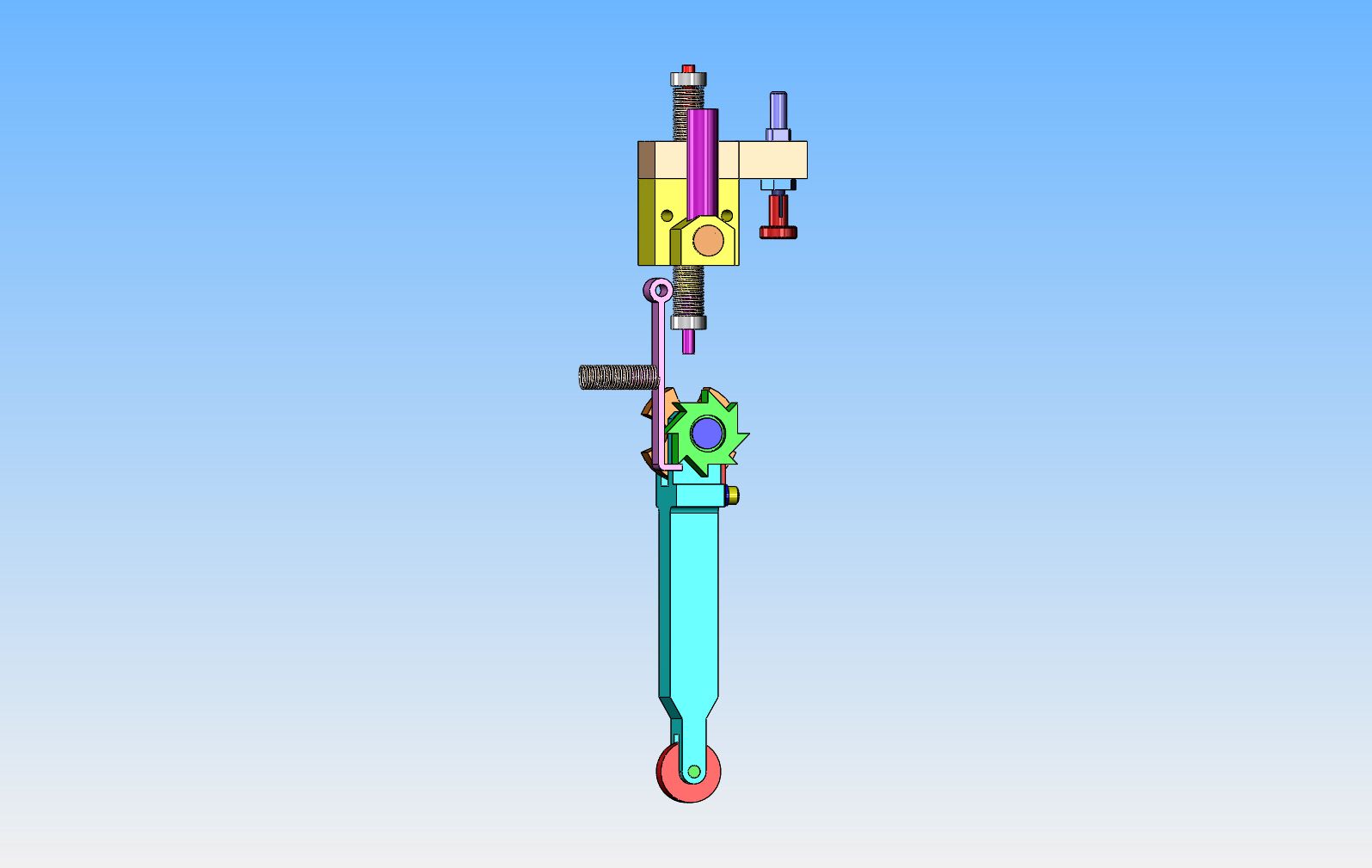I have long been fascinated with the old hit and miss engines that were 4 cycle engines, but used no gear to drive the cam shaft at half the speed of the crankshaft. I have studied on this, and they break down into two main types. The kind I can not reproduce on a manual mill is the type which had cam tracks cut into the face or periphery of a disc. Chuck Fellows did a really nice job of reproducing one of those last year. The other type, which I can reproduce on my manual machinery, is the "star wheel" type. I don't want to start another engine build right now. However, I will attempt to create one of the mechanisms, post drawings of how I made it, and build the mechanism and make a video of it operating. I might fall on my face here, but follow along if you are interested. The one I make will be sized to work on a model engine.







